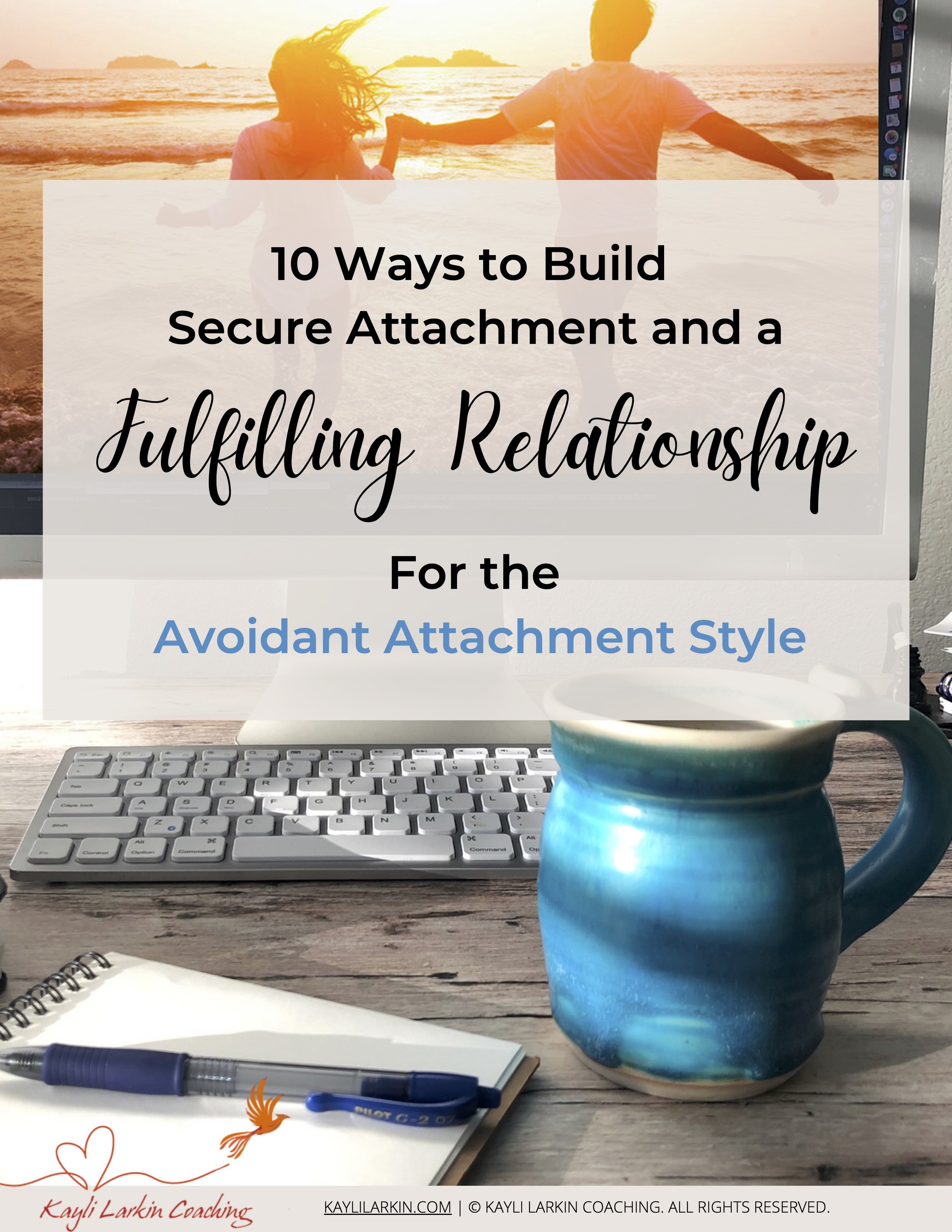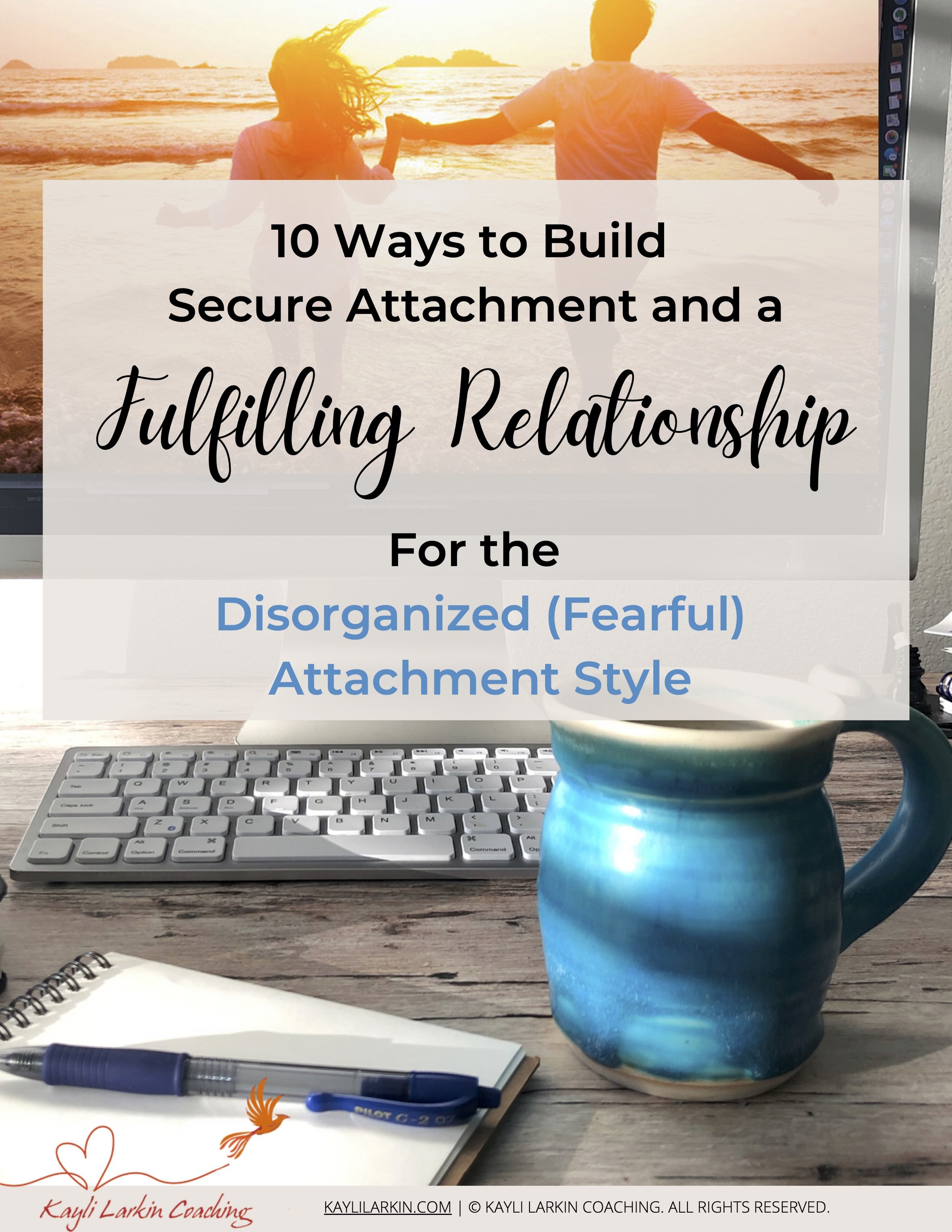Fight, Flight, and Freeze in Relationships — How Polyvagal Theory Can Help you Connect Comfortably
Climbing back up the polyvagal ladder
Recognizing the fight, flight, and freeze response can help you to understand your reactions and those of other people you’re in relationship with.
If you’re not already familiar with polyvagal theory, you might wonder what fight, flight, and freeze have to do with relationships.
That fact is, even though we are all wired for connection, relationships and even conversations aren’t always comfortable. Sometimes people are judgmental when we want to be accepted, or they trigger us in ways we weren’t expecting. Even an emotional threat is still a threat, and just like our brains perceive an emotional pain as if it were a physical pain, it reacts to emotional threat as if it were a physical threat. So an angry email from your boss might just elicit a fear reaction, similar but hopefully lesser intensity than if you had seen a lion out in the wild. Our brains are wired for both connection and survival, so we’re always on the lookout for threat.
When we feel threatened or in danger, we respond by going into one of the three Fs — fight, flight, or freeze. Other Fs have been mentioned, such as Fawn; this isn’t a nervous system state, but more of a behavioral reaction to trauma.
Triggers for Fight, Flight, and Freeze
Let’s talk about some examples of situations where people go into fight, flight, or freeze because of triggers related to earlier experiences.
For example, if someone was shamed or criticized by a parent growing up — not uncommon in the avoidant attachment style — their brain could perceive that as a threat to connection and hence survival and react with a fight flight freeze response. As a kid, this might be an angry outburst (fight), running out of the room (flight), or getting really quiet and small (freeze).
Now let’s fast forward several decades or more and someone is in an adult relationship. Their partner asks them how they’re feeling. But because in the past they experienced shaming or criticism, they have subconsciously learned to associate sharing feelings with danger. So they shut down or find an excuse to do something else other than have a conversation about feelings.
Similarly, if someone was abandoned by a parent as a child — not uncommon in the anxious attachment style — they can be tuned into any signs of potential abandonment in adult relationships, and if they don’t hear from someone when they are expecting to or a partner shows up late to a planned dinner, they can have a fight, flight, or freeze reaction.
It can be interesting to notice how the fight/flight/freeze response shows up in your relationships as an adult.
Fight, Flight, and Freeze in the Body
Let’s talk about what’s happening in the body when we’re having these kinds of fight-flight-freeze reactions. We can subdivide the nervous system into voluntary and involuntary - voluntary like waving hello and involuntary like your heart beating. The involuntary branch, or autonomic branch of the nervous system also has 2 branches called sympathetic and parasympathetic. To simplify, sympathetic is fight or flight, parasympathetic is rest and digest.
Dr Stephen Porges who is responsible for polyvagal theory, notes that the vagus nerve ennervates muscles in the head responsible for social engagement - it helps us to see and hear and speak. So polyvagal theory divides the vagus into the ventral vagal branch of social engagement, and the dorsal vagal branch which responds to danger cues.
The Polyvagal Ladder
We can talk about how we are doing in terms of the polyvagal ladder. If we are the top of the ladder, we are socially engaged, in ventral vagal — we feel safe and ready to connect and be social. We have a calm regular heart rate, and relaxed full breathing. We feel happy and calm, present and open to connection.
Top of the polyvagal ladder:
Ventral Vagal:
Social Engagement, Safety, Calm
If we are dropped down the ladder a little, we are in fight or flight, in a sympathetic nervous system state, where we might have an increased heart rate, or be sweating, or get argumentative (that’s the fight response) or want to leave the room (that’s the flight response).
Halfway down the polyvagal ladder:
Sympathetic: Fight or Flight
And if we’re all the way down the polyvagal ladder, we are in freeze, an immobilization response. Here we feel disconnected, numb, shut down. Sometimes people have trouble following conversation or speaking when they’re in this state. People describe it like wading through mud or just feeling confused.
Bottom of the polyvagal ladder:
Dorsal Vagal: Freeze, disconnected, numb, shut down
So out of these 3 states, which one would be best for communication and connection if you were going to have a conversation with a partner? In the social engagement of course, at the top of the polyvagal ladder, where you can see their body language cues, you can hear what they’re saying easily and interpret it from a safe place. Anywhere dropped down the ladder and that’s where communication problems and arguments happen.
So how do we get back up the polyvagal ladder into social engagement?
If we’re by ourselves, there’s a whole host of nervous system regulating activities we can do, starting with something as simple as mindful breathing. For example, there’s a way of breathing where the exhale is slightly longer than the inhale which activates the parasympathetic and can help bring us back up into safety and social engagement. You might enjoy my video above on co-regulating with a partner or this post on calming down quickly.
Learn more about your attachment style with a guide for your particular attachment style. Subscribers receive attachment strategies by email, including the 10 Ways to Build Secure Attachment and a Fulfilling Relationship series.










